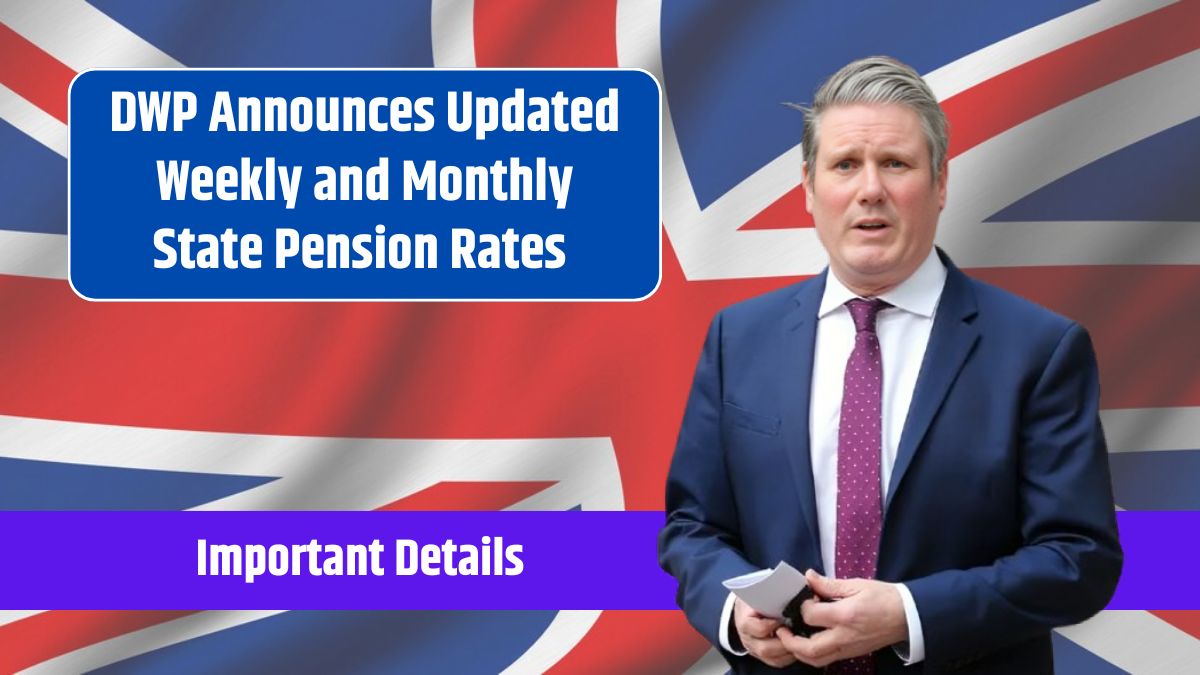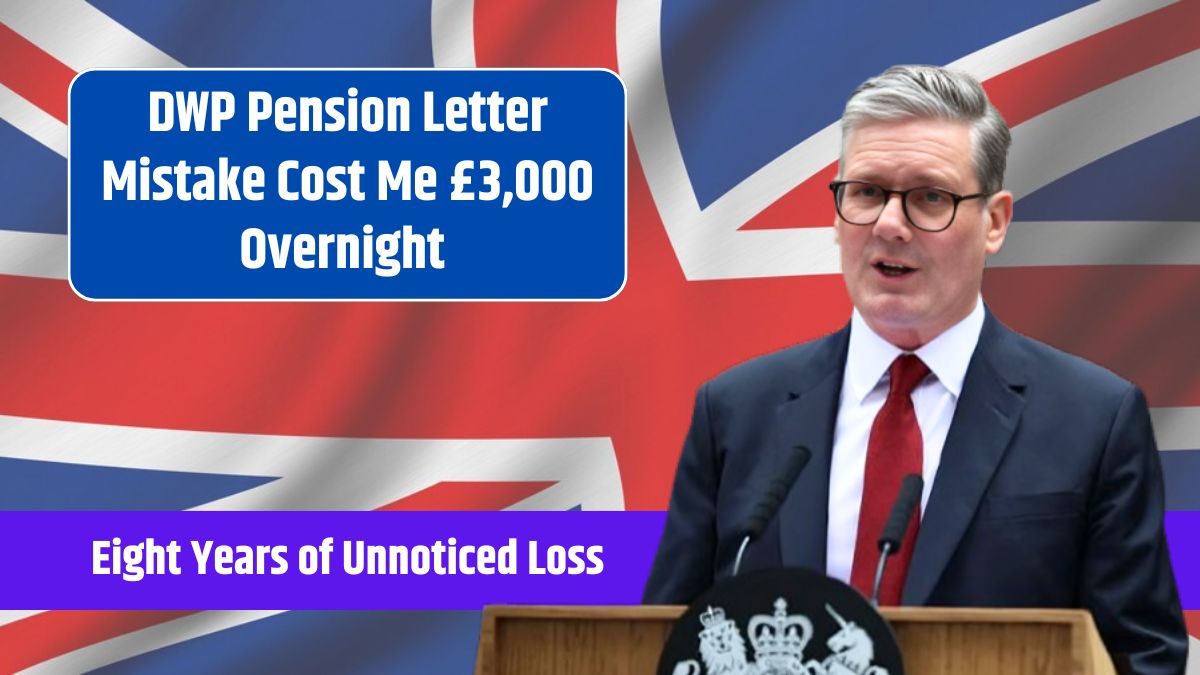This April, millions of state pensioners in the UK will see an increase in their payments, thanks to the triple lock guarantee. This annual increase ensures the state pension rises by whichever is highest among:
- Inflation (based on the previous September’s Consumer Prices Index)
- Wage growth (average increase between May and July)
- 2.5%
In 2023, the state pension rose by 4.1%, reflecting wage growth. This year’s increase will again bring welcome news for pensioners, but how much your pension will rise depends on whether you receive the new state pension or the basic state pension.
Increase
The type of state pension you receive depends on your date of birth:
- New State Pension: Available to men born on or after April 6, 1951, and women born on or after April 6, 1953.
- Basic State Pension: For those born before these dates.
Here’s a breakdown of how much you can expect:
| State Pension Type | Current Weekly Amount | New Weekly Amount (April) | Annual Amount |
|---|---|---|---|
| New State Pension | £221.20 | £230.30 | £11,975 |
| Basic State Pension | £169.50 | £176.45 | £9,175 |
National Insurance Record
Your National Insurance (NI) record determines how much state pension you’ll receive. To qualify for the full new state pension, you need:
- 35 years of NI contributions for the full amount
- At least 10 years to get any state pension
If you have gaps in your NI record, you may receive less than the full amount. But be aware—April 5, 2025, marks an important deadline for backdating your NI contributions. Currently, you can fill gaps as far back as 2006. After this date, you’ll only be able to backdate contributions for the preceding six tax years.
Growing State Pension
The full new state pension is fast approaching the current £12,570 tax-free personal allowance, which could push some retirees into taxable income territory.
Rachel Vahey, head of public policy at AJ Bell, warned that this situation could create a significant issue in the future if the personal allowance remains frozen.
“The state pension will be at a level perilously close to the frozen personal allowance and should overtake it in a couple of years if things continue,” Vahey said. This could mean that retirees, who previously didn’t need to pay tax, may face tax liabilities on their state pension income in the future.
She added that the government may eventually need to address the question of how much the state pension should provide, at what age, and how it can increase payments sustainably each year.
Steps to Maximize
With the looming cut-off for backdating National Insurance contributions, now is the time to act if you want to boost your state pension. Here’s what you can do:
- Check your NI record on Gov.uk to identify any gaps.
- Consider voluntary NI contributions to plug those gaps and increase your pension.
- Be mindful of the April 5, 2025, deadline for filling gaps going back to 2006.
This year’s increase is a much-needed boost for many pensioners, but it also highlights the importance of planning for the future. With tax thresholds frozen and pensions rising, it’s more important than ever to stay informed and take advantage of available options to maximize your benefits.
FAQs
What is the triple lock guarantee?
It ensures the state pension rises by the highest of inflation, wage growth, or 2.5%.
How much will the new state pension be in April?
It will rise to £230.30 weekly or £11,975 annually.
What is the basic state pension amount in April?
It will increase to £176.45 weekly or £9,175 annually.
How many years of NI contributions are needed for a full pension?
35 years for the full new state pension; at least 10 years to qualify.
Can I backdate National Insurance contributions?
Yes, until April 5, 2025, for gaps back to 2006.




















